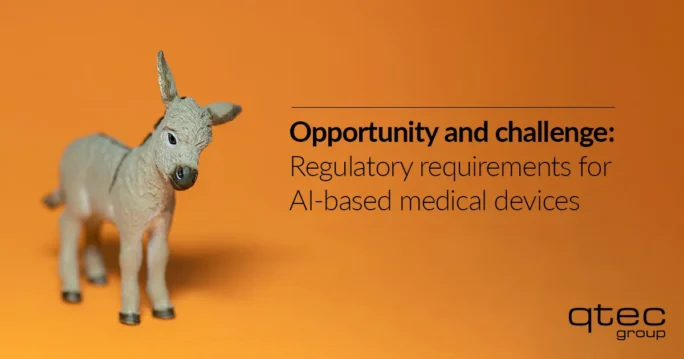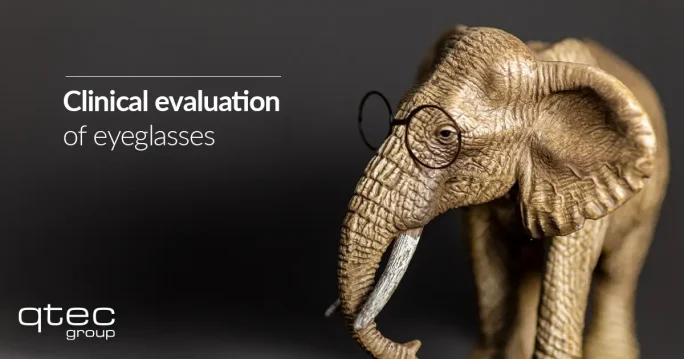Design Control

Biocompatibility for
Medical Devices
One might think that the name Biocompatibility is self-explanatory and that the measures to be derived from it are equally obvious. However, behind the term Biocompatibility lies a great deal of know-how and experience required to meet the requirements.
In order to place a Medical Device on the market, its safety and performance must be demonstrated. The proof should be based on established knowledge of science, technology and experience. The regulatory hurdles for approval and market entry are correspondingly high. The basic requirements are set out in Chapter II of Regulation (EU) 2017/745 on medical devices. Behind terms such as toxicity, mutual compatibility or harmful substances lies Biocompatibility. In other words, the biological evaluation tests the product, including the materials used, possible impurities and process additives, for potential health hazards (toxicity) and local compatibility.
Biocompatibility requirements
The Biocompatibility requirements for a Medical Device can be found in the MDR Annex II. Chapter II describes what a manufacturer must consider when designing and manufacturing their product. For example, materials and/or substances must be selected with toxicity in mind. The proof of biological safety should be in accordance with the state of the art. Standards help us with this, in this case specifically the ISO 10993 series.
Although the topic of Biocompatibility is not entirely new, the requirements are becoming more stringent with updates to the series of standards. In practice, this leads to the Biocompatibility of many active and non-active Medical Devices being put to the test - often with a questionable result.
A test according to the blueprint?
The basic standard ISO 10993-1:2018 defines Biocompatibility as follows:
"The ability of a Medical Device or material to exhibit an appropriate host response in a given application."
This sounds relatively vague at first, but it also makes it clear that a rigid procedure by which a Biocompatibility test must be processed makes little sense. What is appropriate depends on whether the product is an upper arm nail or the nozzle of a nasal spray. Instead, a strategy based on clinical use must be developed for each product to demonstrate biosafety.
In the worst-case scenario, when you test the product, you discover that it contains hazardous substances or other contaminants that were not intended in your product. Suddenly it turns out that the raw material supplier was not selected carefully enough or that the cleanliness of the production plant was not sufficiently validated.
qtec as your partner
No matter at which point of the approval of your Medical Device you are and which problems you are confronted with: Our Biocompatibility experts can help you. Which tests are required? Which residues are particularly harmful? Which limits must not be exceeded? What documentation requirements must be met? Our experts can draw on a wealth of experience for a wide range of Medical Devices such as implants, dental materials, or wound products.
News
Scientific Advice from the Medical Device Expert Panels on SARS-CoV-2-IVDs
The Medical Device Coordination Group (MDCG) requested scientific advice from the European Medicines Agency (EMA) to re-evaluate the classification of SARS-CoV-2 in the context of in vitro diagnostic medical devices (IVDs).
Opportunity and challenge: Regulatory requirements for AI-based medical devices
AI has the potential to revolutionize healthcare and improve the lives of millions of people - but only if it is used safely and reliably.Common Criteria for Information Technology Security Evaluation
Common Criteria (CC): International IT security standards for medical devices, supported by BSI and BfArM, enhance cybersecurity and trust in processes.Clinical evaluation of eyeglasses
Both prescription and non-prescription eyeglasses are considered medical devices under the regulatory framework of the Regulation (EU) 2017/745.





